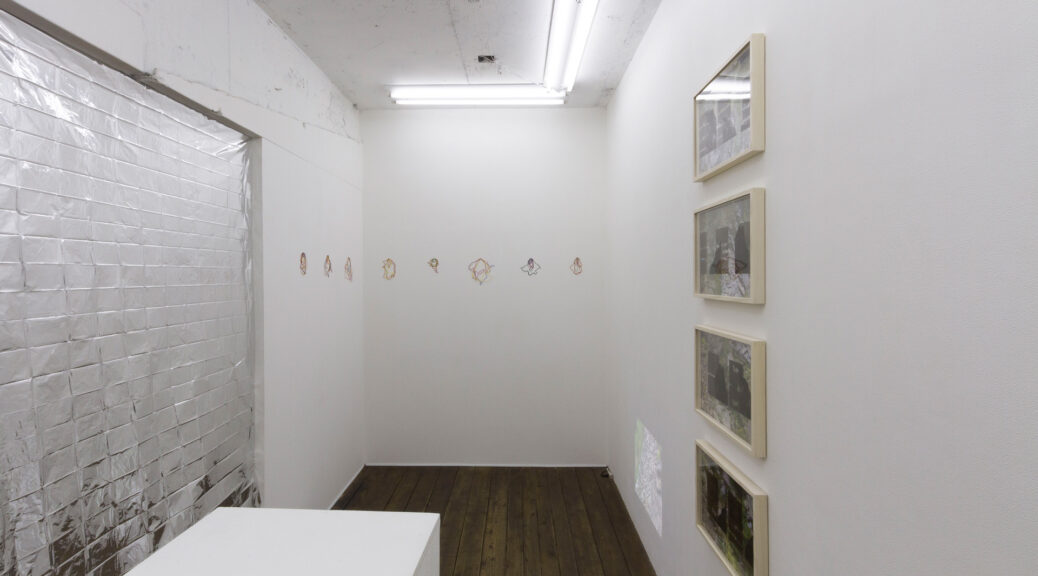Drawing series, 76 x 110 cm
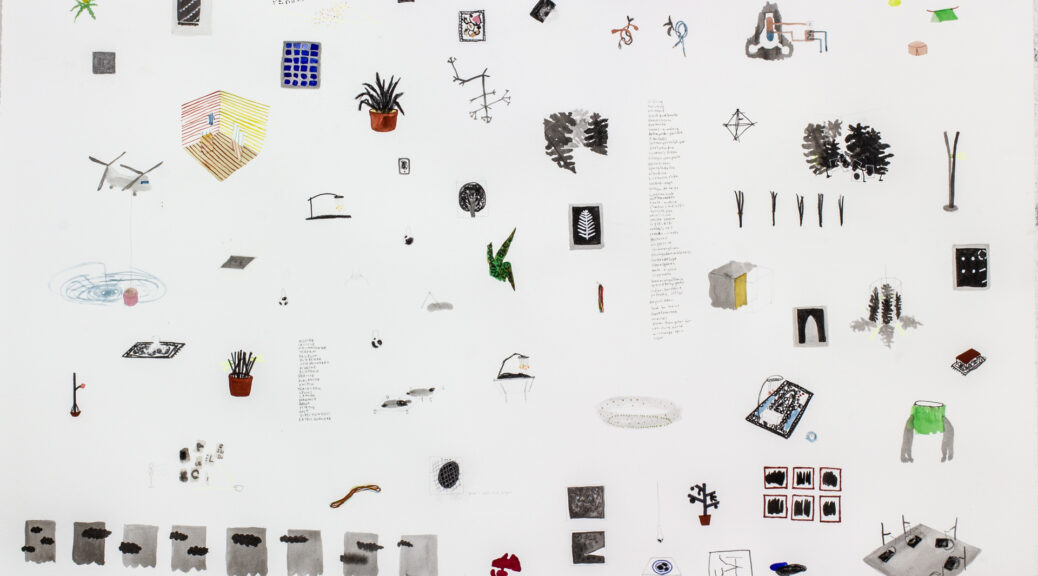

Drawing series, 76 x 110 cm
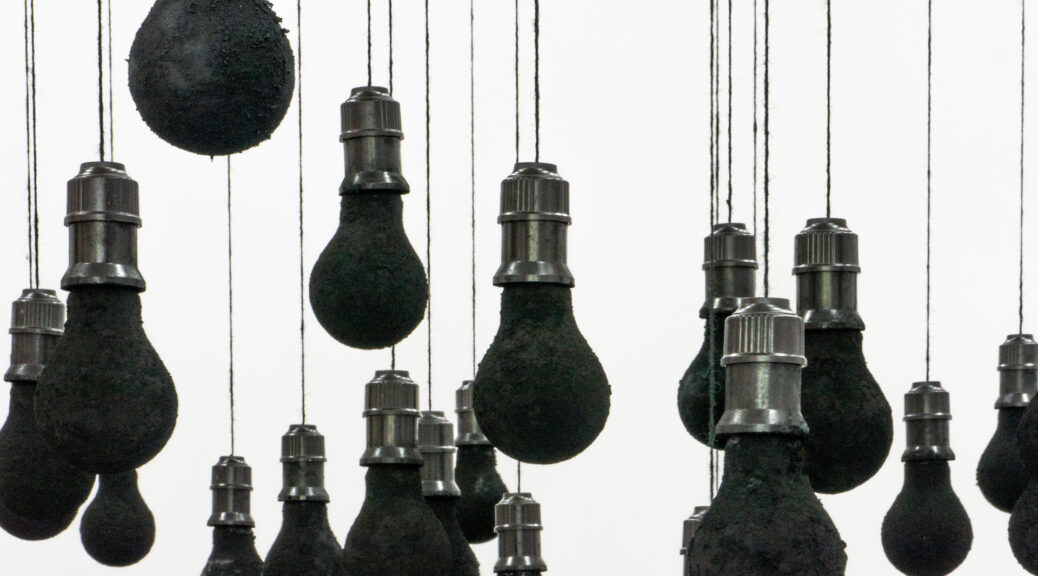
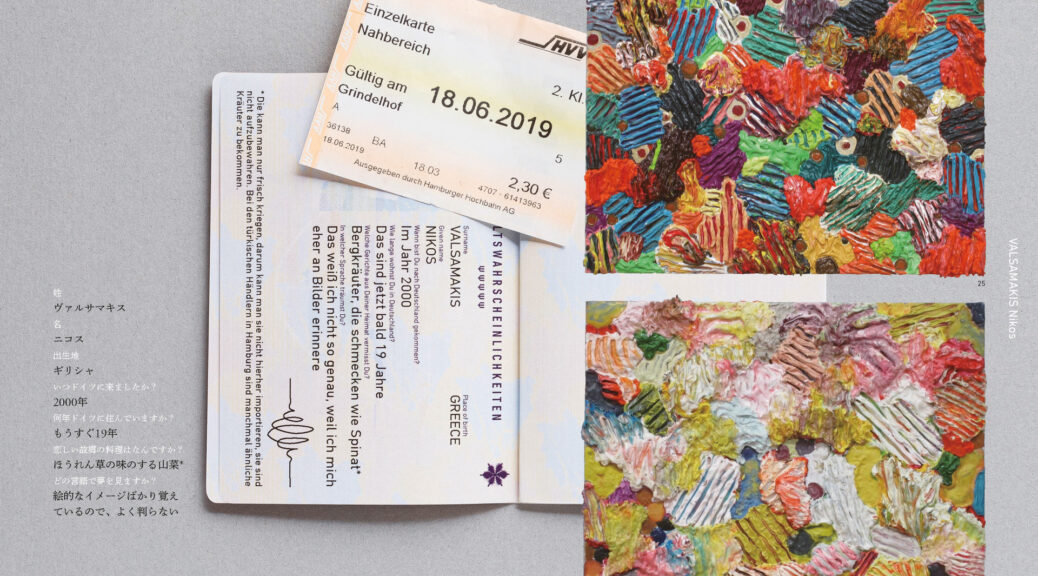
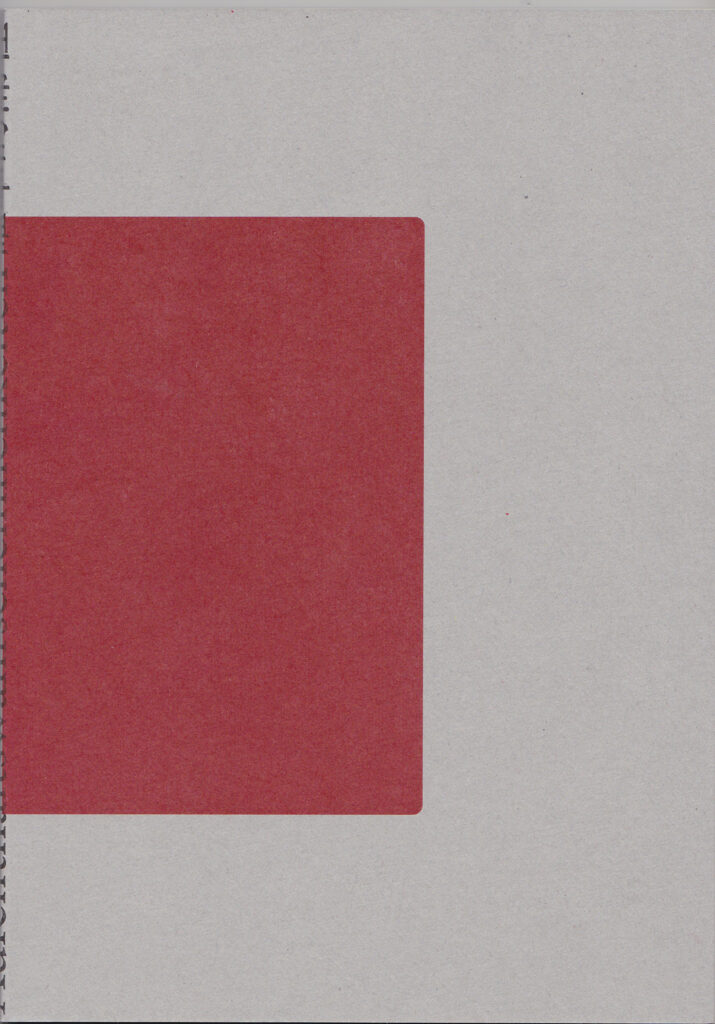
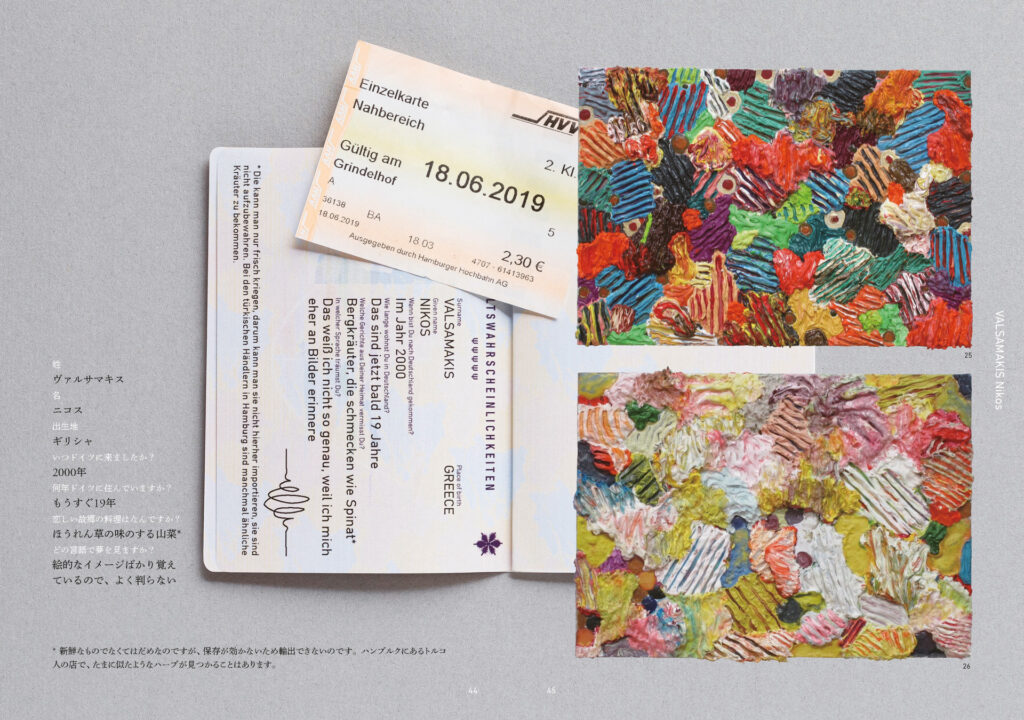
2019
21 x 15 cm, 96 Pages
Languages: DE, JP
Published by Naho Kawabe
Texts: Julia Dautel, Enzio Wetzel, Ursula Panhans-Bühler, Naho Kawabe
Participating artists: Nir N. Alon, Kyung-hwa Choi Ahoi, Sho Hasegawa, Hannimari Jokinen, Naho Kawabe, Linda McCue, Mitko Mitkov, Miwa Ogasawara, Joe Sam-Essandoh, Shan Fan, Youssef Tabti, Hua Tang, Nikos Valsamakis
Design: Shunsuke Onaka (Calamari Inc.)
Foto: Shintaro Yamanaka (Qsyum!)
Order here: Sautter + Lackmann (Hamburg)
Waitingroom (Tokio)
Calo (Osaka)
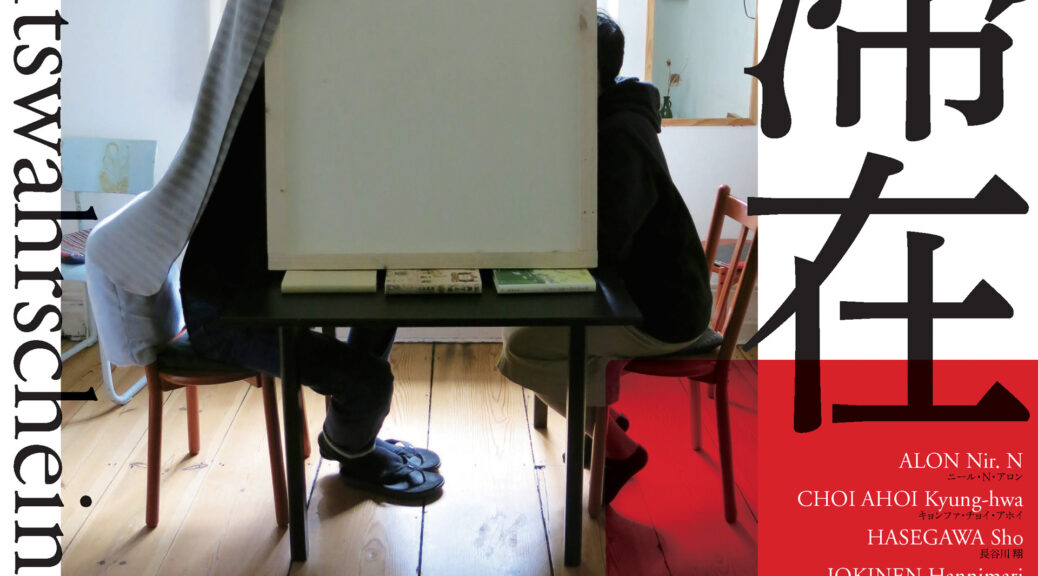
3 Exhibitions (The Blend Apartments & Artist in Residence / FLAG studio, Osaka, 8. Salon e.V., Hamburg), Catalogue, Video
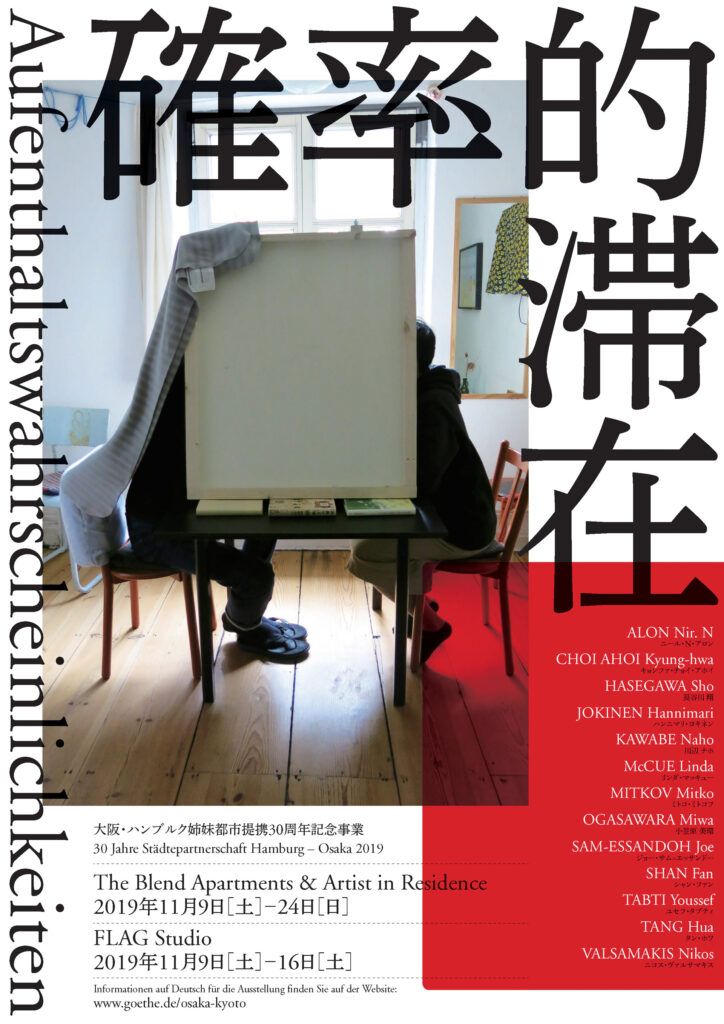
A art projekt by Naho Kawabe with the artists whose native language is not German
as part of the 30-year partner cities between Hamburg and Osaka Cooperation: Goethe-Institut Osaka Kyoto
In 2019 the 30-year partnership between Hamburg and Osaka will be celebrated. As a Japanese artist living in Hamburg since 2001, I had already actively participated in the two previous anniversaries in 2009 and 2014 already. With those experiences, I drew up an exhibition project at the beginning of 2019, which shows works by artists from Hamburg in Osaka. What is specific to them is that they are the artists who grew up with a different mother tongue and didn’t born in Germany – just like myself.
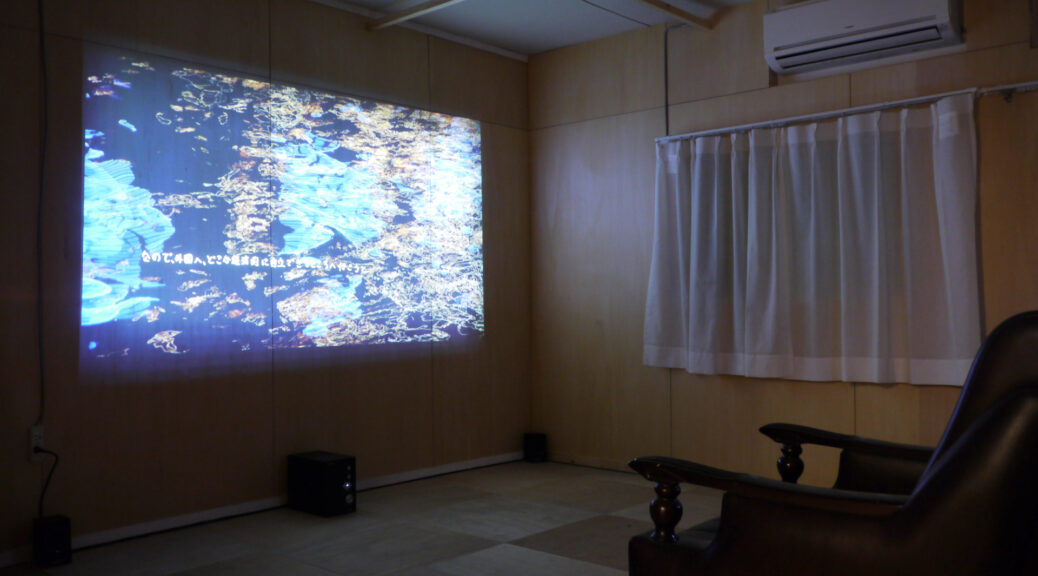
Single channel video, 17’4
Sound: Veit Kenner, Voices: Nir N. Alon, Kyung-hwa Choi Ahoi, Shan Fan, Hannimari Jokinen, Sho Hasegawa, Naho Kawabe, Linda McCue, Mitko Mitkov, Miwa Ogasawara, Joe Sam-Essandoh, Hua Tang, Youssef Tabti, Nikos Varsamakis
The video shows constantly moving light reflections on the water. The movements are syncronized with voices of female artists living in Hamburg whose origin is not German and who reflect on their situation as strangers. The video is subtitled in Japanese, which in its defectiveness corresponds to the inadequacies of the artists’ language.
Exhibitions: The Blend Art in Residency, Osaka (JP) / Flag studio, Osaka (JP) / 8. Salon e.V., Hamburg (DE)
Image: Catalogue “Aufenthaltswahrscheinlichkeiten”
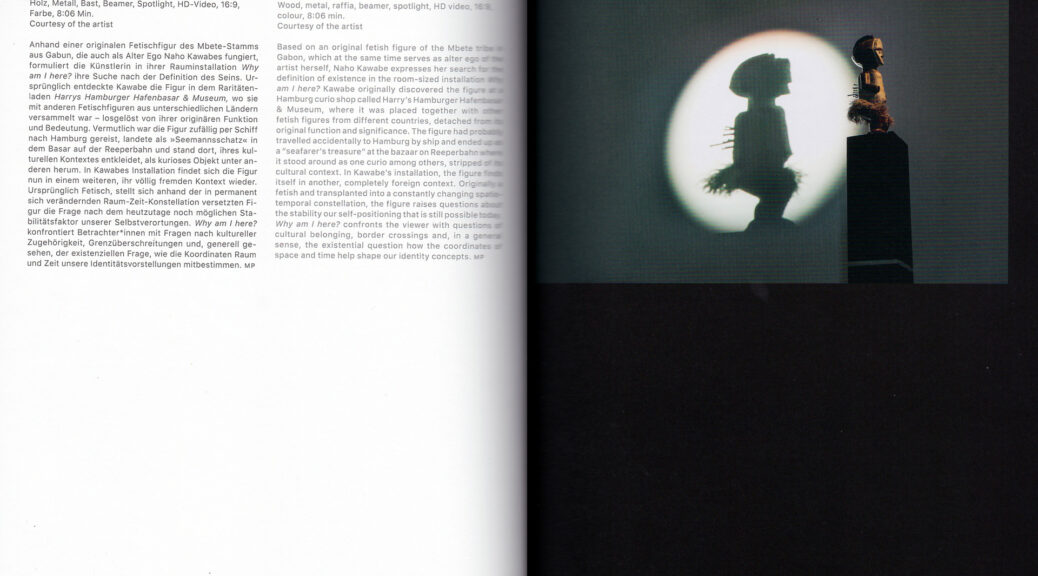
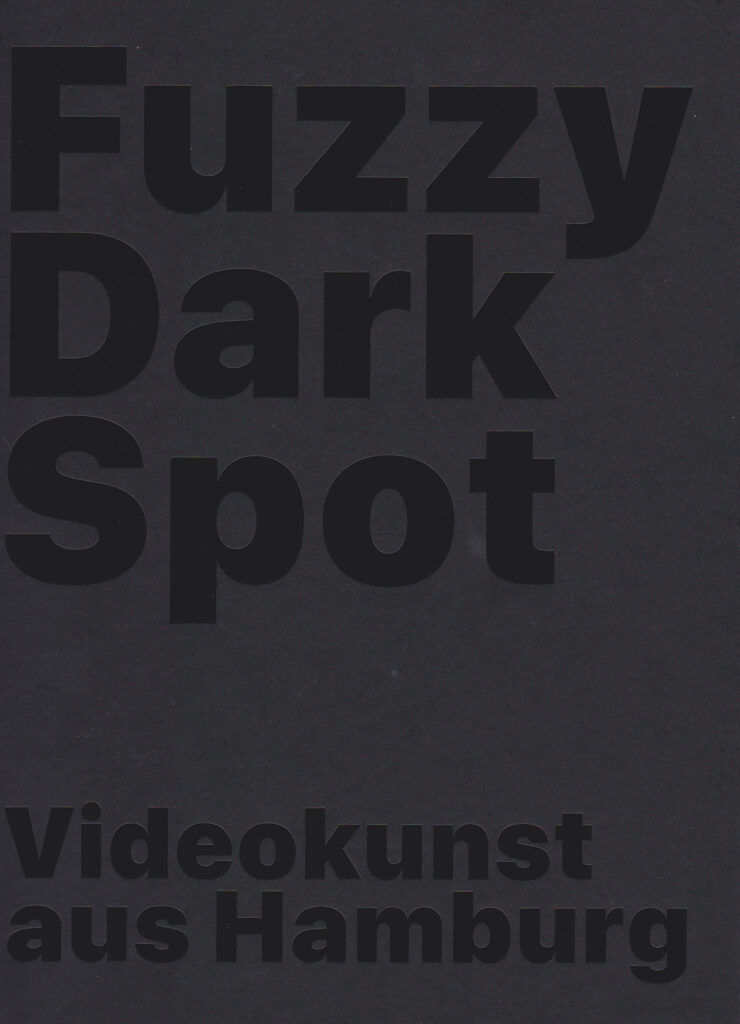
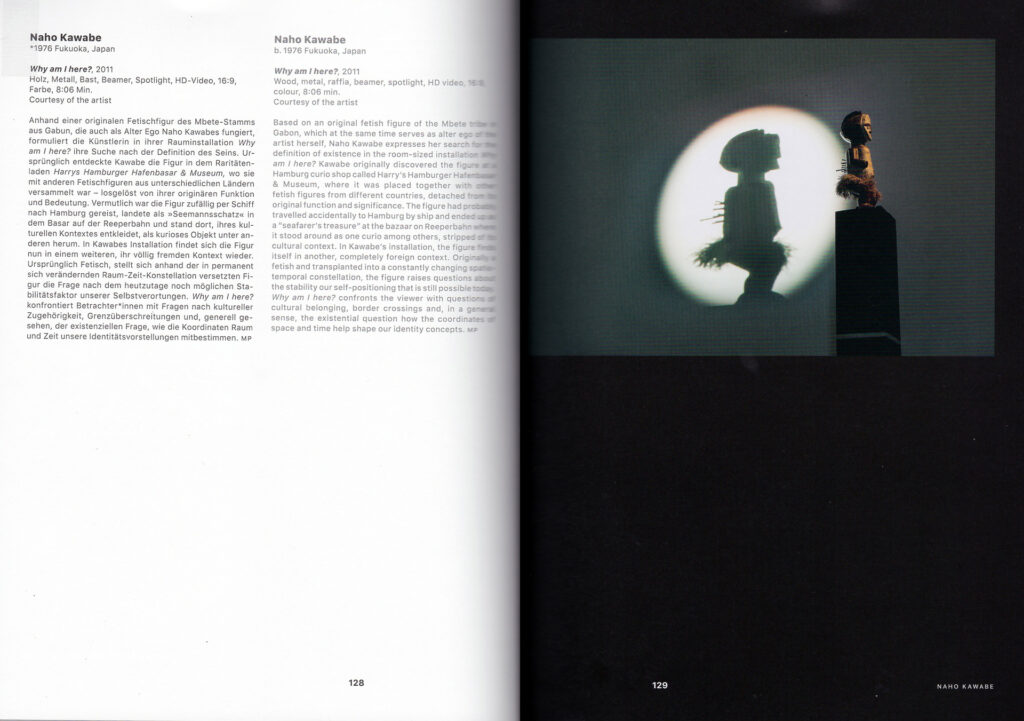
2019, Snoek
24 x 18 cm, 224 pages
Language: DE, EN
Published by Dirk Luckow, Wolfgang Oelze
This catalogue is published in conjunction with the exhibition „Fuzzy Dark Spot – Videokunst aus Hamburg“ at Deichtorhallen Hamburg /Falckenberg Collection 2019.
Curated by Wolfgang Oelze
Order here:
Deichtorhallen Hamburg /Sammlung Falckenberg (Hamburg)
ISBN 978-3-86442-287-4
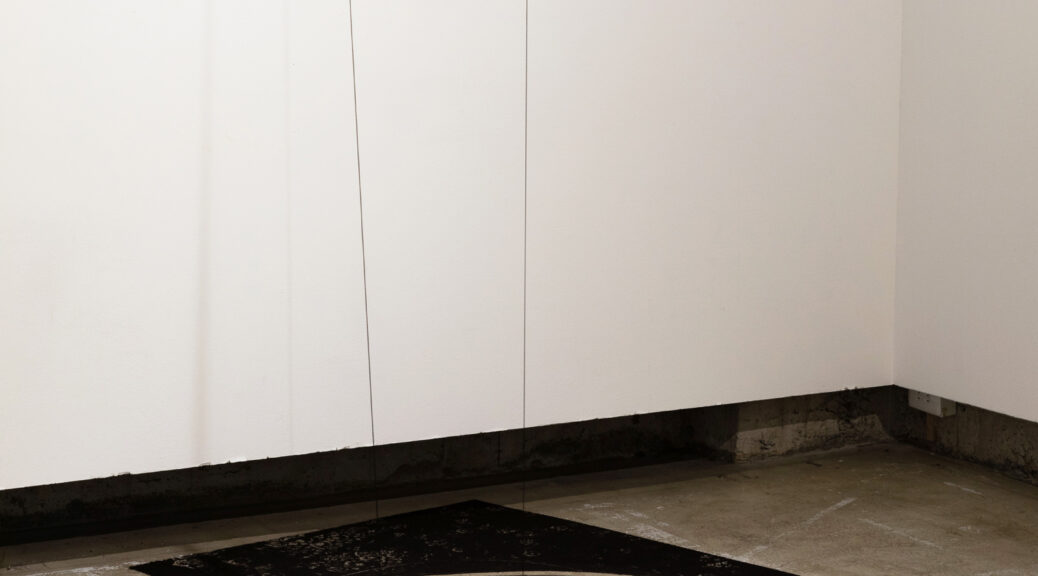
Konya 2025, Fukuoka (JP)
On board the Apollo 11 which succeeded in landing on the moon on July 20th 1969 were state-of-the-art computers. A problem that had to be answered at the time was how the data and programs, which were enormous in size, could be stored in such as a small space. What was employed for this task was ‘core rope memory’, a technology in which information is stored by threads of wire and by magnetizing tiny, donut-shaped pieces of material called cores. This core rope memory was woven by hand with sewing needles by female factory workers.t.
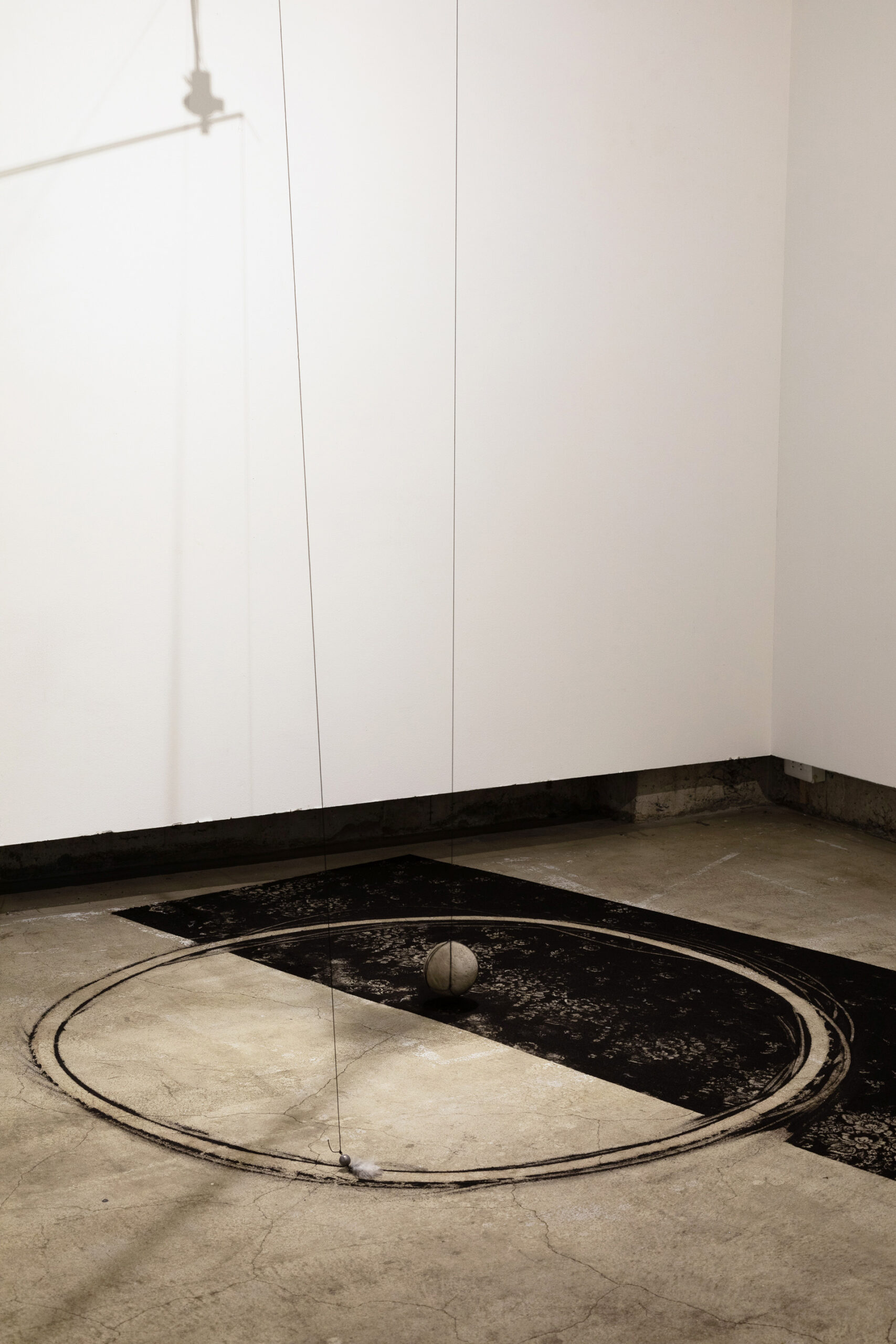
curated by Sachiko Shoji (Fukuoka Art Museum)
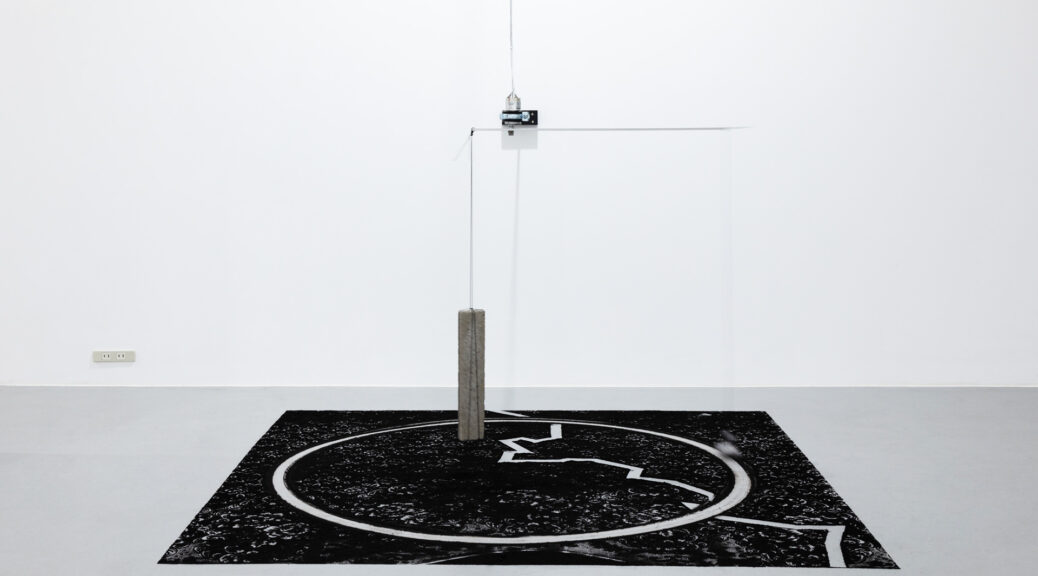
charcoal, motor, string, concrete, metal, feather, size variable
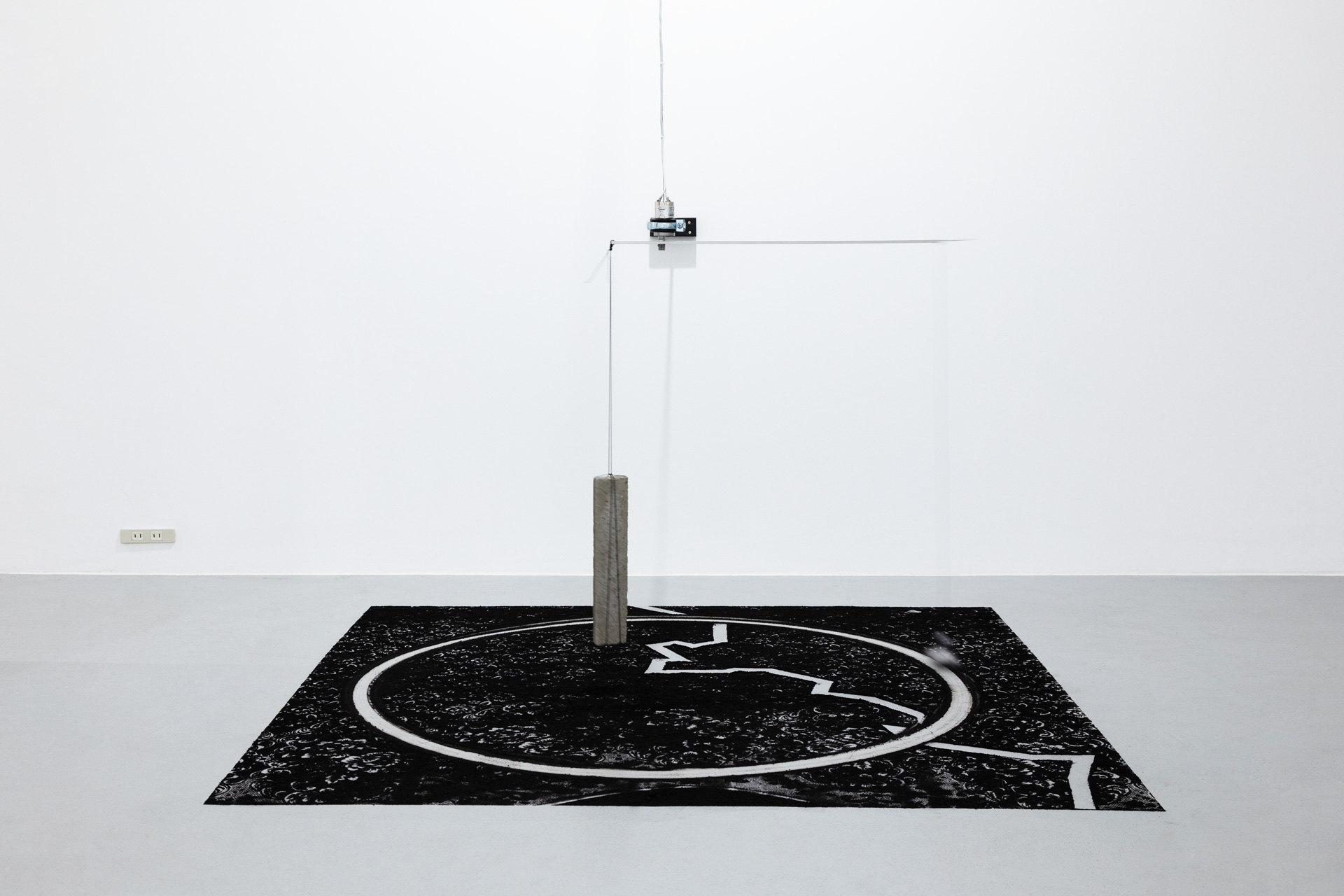
The line over charcoal dust sprinkled on the floor shows the jagged line of the Berlin Wall, boundary between East and West Berlin. A spring spinning in a circle, driven by a small motor, wipes away the charcoal dust. The circle describes the loop line of Berlin S-Bahn running also between 1961 and 1989 (time of the Berlin Wall) across the border,
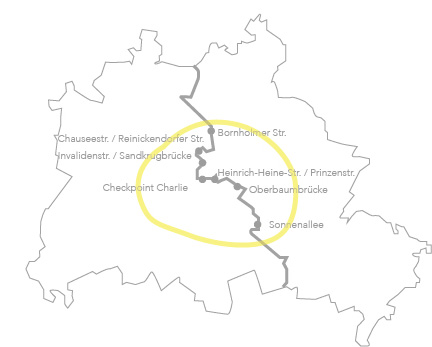
Exhibition: Waitingroom, Tokyo (JP)

single-channel video, 49’15, camera: Saskia Bannasch, Naho Kawabe
The Video shows an action of woman’s hands (re)uniting 3kg fragments of charcoal to a figure of a tree. During the action the Women explains her private memory about her mother and the political and the everyday life situation in Berlin. They have moved in 1956 from DDR/GDR to West Germany. The way of packing using string she has learned by her mother. Strings were considerably used for post-sending before the plastic tape become prevalent. Her mother has sent many packets from West to East Germany during the 1960′ – 70’s. There was no tape in those days. The tying-technique and this special hand movements will soon be lost.
„Eine echte Frau löst jeden Knoten / An authentic woman solves all knots“. This proverb was spoken by a high school teacher in West Germany. When the women in the video heard by her teacher, she was felt provocated. To become a woman needs such a high hurdle .
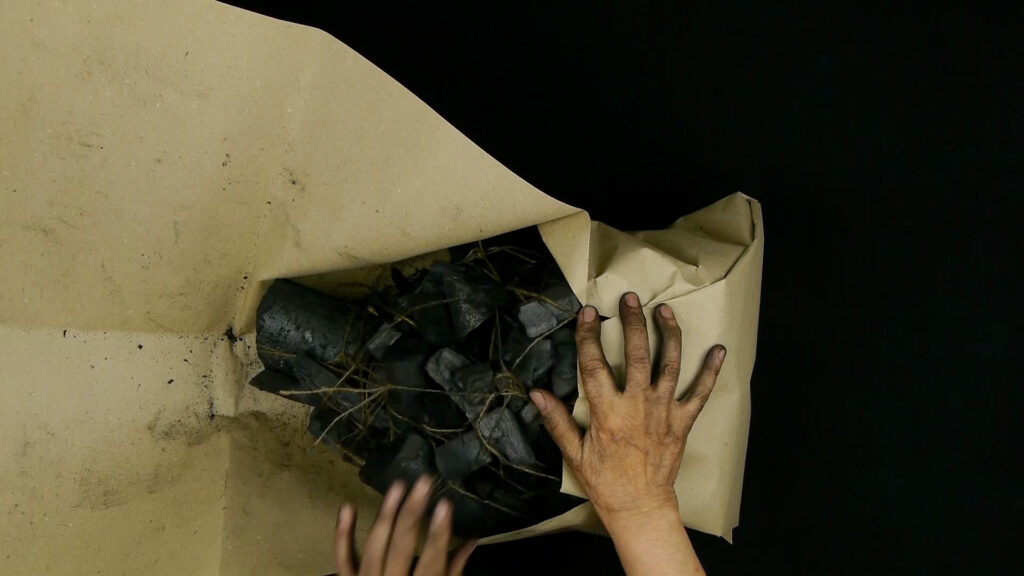
Exhibitions: Waitingroom, Tokyo (JP) / Boxes Museum, Guangzhou (CN)
